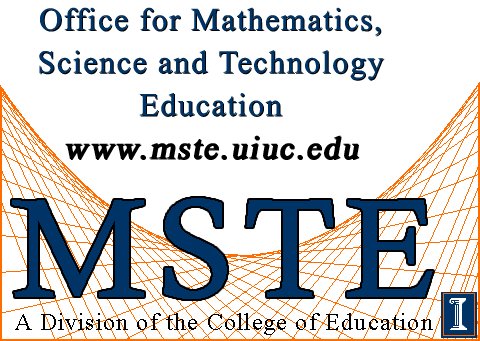|
Conclusions and
Extensions
Conclusions:
• A figure that appears
more disorganized, star-like, or crab-like has a higher perimeter^2 to
area ratio
•
Cancerous
cells tend to appear more star-like, or crab-like as evidenced in
breast x-ray images.
•
Studying the
traits of images of cells we can make a fairly reasonable decision that
more star-like cells, with a higher perimeter^2/area ratio are more
likely to be cancerous cells.
• Think: Try various ratios
out with this figure to experiment with the topics you just learned?
Extensions for the Mathematics
Classroom
• Describe the ratio of
many sided regular polygons....What does the ratio tend toward as the
number of sides increases?
•
Describe the
ratio of many sided irregualr polygons (like the star shape) What does
this ratio tend toward as the number of sides increases?
•
We have
explored figures in 2-dimensions. We know that cells are 3-dimensional
yet the 2-D image can give us very useful information.
•
If the ratio r
= p^2/a works for 2 dimensional figures, is there an analog to three
dimensional figures? Hint: Consider surface area and volume.Consider the shape of a
soap bubble. Why do you think a soap bubble is a sphere and not spiky?
Extensions for the Science Classroom
•
Describe in a general sense what happens as cancer spreads, why are
cacnerous cell clusters harmful to the body?
•
What are the most common forms of cancer? Is there a difference
between cancer diagnoses in men and women? What kinds of
differences?
Extensions for the Social Studies Classroom
- What are harmful cancerous agents and how has our modern
existence enhanced the possibility of exposure to cancerous agents?
- Research the history of cancer discoveries. When was the
first diagnosis of cancer?
- Research more information about cancer on the internet and
explain how genetics, society, and lifestyle contribute to the
incidence of cancer.
-Back
to Java Files- -Go to Resources-
|



